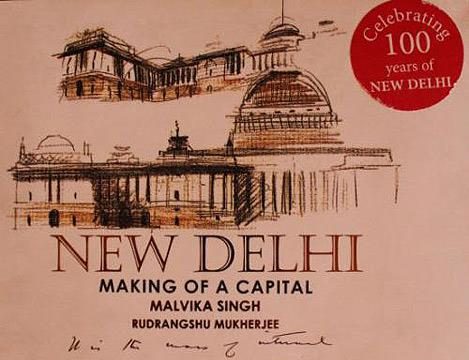This book is clearly the labour of love of an old Dilliwala and as such it is going to be fairly irresistible for other long term residents of the capital. Pramod Kapoor mentions in his introduction that the idea for this volume emerged from his archival picture research for another book, India: Then & Now — which I recall was distinctly let down by the ‘now’ part.
No such problems here: this book, New Delhi: Making of a Capital (Roli Books; Rs 1,975), is a treasure trove of lavishly printed, purely archival images and even contains a facsimile of Messrs Baker and Lutyens’ original contract to go build a city. This old Dilliwala is not complaining.
On the other hand, I wouldn’t be a true citizen of this bad-tempered city without being a little ornery. So, for the sake of form, let me say that compared to the pictures, the editorial content is a little thin. There’s an engaging essay by Rudrangshu Mukherjee on the complex Bengali-British undercurrents of the decision to build a new capital and a breezily anecdotal round-up of the principal characters, rivalries and structures that dominated the 20 years that were the making of New Delhi by Malavika Singh. Occasionally one feels that a little more could have been teased out in the captions. For example, in the fascinating reproduction of the 1913 plan of the capital, the fact that the New Delhi Railway Station and Connaught Circus were originally conceived to share a concourse goes unremarked.
But even determined nitpickers are likely to be distracted by other virtues, particularly the mélange of articles, snippets, essays, gossip sheets and polemics on the new capital culled from contemporary publications. This is an innovative and entertaining inclusion and provides plenty of food for thought on just how brave, hubristic and inadvertently generous the project of building New Delhi would prove to be. Twenty years is a very long time, and in these days when urban planning seems to be conceived in haste and repented at leisure, one can only wonder at the grand purposefulness and what they used to call sticktoitiveness that produced the imperial city which has become our own palimpsest.




